Last updated on March 18th, 2024
Featured image: This could be Diana’s view in just a few weeks | Photo by imSoft_Light
Nine tips to prepare for a memorable experience
by Diana Eden
After many decades of thinking about it, I decided this is the time to go on African Safari. Now in my 80s, if not now, when?
For me, preparing for an adventure has always been a quintessential part of the experience of travel. The further out the trip is, the more time I have to research, purchase, and plan!
The options seemed endless, but these three things persuaded me to choose OAT (Overseas Adventure Travels): their space for single travelers with no single supplement, their limit of 16 people per tour, and a photo book of pictures by some neighbors who took the same tour 2 years ago. Their photos looked like a National Geographic layout, and tales of their experiences made me sign up immediately.
1. Do a thorough investigation of the climate
I am going in early August, which is still winter in Africa but approaching spring. Thankfully, it is not the rainy season. But the weather requires preparation.
This becomes important as I will be staying for 12 days in tented camps, called “rustic but comfortable” in the brochure. There will be no heating in these tents nor air conditioning, though they have a shower and toilet en suite.
Being a thin-skinned desert dweller (I live in Las Vegas) who thinks anything below 75 degrees is “chilly,” I want to be sure I can handle the overnight temperatures for sleeping and the chill of early morning and early evening game drives.
Weather is easy to research. Online, I enter locations (not just the country, but specific regions) and see past highs and lows and averages. As I start my journey out of Johannesburg at the beginning of August and spend my first night in a tent in Botswana, the temperature may go as low as 42. Yes, definitely chilly! I am told we may be given a hot water bottle, something I remember well from my youth in cold England, but I may need more!
I will take some Thermacare heat wraps, which I have used in my past career doing night shoots as a TV and film costume designer. I have found them to last many hours. I have also purchased a battery-heated vest, probably meant for skiers and hikers but also suitable for a thin-blooded octogenarian.
Our tour material advises lots of layering. We go from a 6 am start of a game drive to the sun coming out and warming us during the three-hour morning excursion. A warm, insulated jacket and a wool or fleece sweater are needed. Add a warm hat, gloves, and a scarf for those early mornings. Pants that can roll up into capris are a good idea. Long-sleeved shirts in a heavy fabric work for cool nights.
2. Select safari-appropriate colors
But there is something else that needs to be considered: the color palette. Neutral earth tones (browns, tans, greys, or greens) are best to help us blend into the background, and we must avoid white because it attracts attention.
Blue or black clothing is to be avoided as it attracts tsetse flies. And in Zimbabwe, camouflage patterns in clothing are actually illegal.
I stocked up on t-shirts at the Banana Republic and bought a couple of these Sun Protection, Quick-dry safari shirts on Amazon.
Good walking shoes are essential. Any pair of sturdy closed-toe shoes will suffice, and be sure to break them in before you go! I will bring one pair of more casual shoes for daytime activities around the pool. Perhaps one more – a girl has to have shoes!
I’m packing a swimsuit as the camps and hotels have pools.
Our luggage allowance will be minimal. We can only take an OAT-provided soft duffle bag that will fit in the various small bush planes that will take us from place to place. The duffle bag and carry-on must weigh no more than 44lbs. combined.
I’m ready for anything with my sun-protectant safari shirt! Find one here.
3. Allow for physical comfort
Our tour brochures are very clear that many roads are dusty and bumpy and to be prepared for that. I have a blow-up cushion that I take on airplanes that I will pack and possibly a back brace to support my scoliotic spine.
Here is a pillow that I like. It is easy to blow up and pack back up into an attached stuffer bag.
4. Practice photography in advance
Practice practice practice. I urge the amateur photographer to be up to speed on whatever photography equipment they will use, as those precious sightings of a lion or tiger on the prowl can be gone in a flash.
Recently I purchased a mid-level Nikon Coolpix camera. I know I will need a good zoom lens and the ability to shoot in low-light. I need plenty of pre-trip time to study how this camera works, so I am not fiddling with settings while an exotic beast walks right past me! My sister practices focusing videos trained on a passing car as a stand-in for a charging animal! I also will have my iPhone 13 Pro, which I purchased a year ago, knowing that its camera abilities were quite advanced.
Don’t forget memory cards, batteries, etc. A general-purpose binocular with an aperture of 8×40 or 8×42 is excellent. Other things to go on your list: a waterproof/dust-proof bag/cover for your camera; good quality sunglasses; moisturizer; sunblock, and a refillable water bottle. (No one-use plastic is allowed).
5. Bring charging equipment and batteries
Nowadays, we are all so dependent on being able to recharge our many devices and to have wifi access at all times. This will not be the case in the heart of the national parks in Botswana, Zambia, and Zimbabwe. I am telling my family and close friends that they may not hear from me for days at a time.
The tent camps I am staying in will have a period in the evening where generators are on, and we can recharge our devices. However, I am investing in a portable solar charger that I can carry on my backpack or attach to our jeep, which may give me a small added charging ability.
Also, don’t forget your power converter. There are 3 different plugs for the 3 countries I am visiting.
Essential for camping is a good flashlight, and Journeywoman highly recommends this headlamp. I have bought one. I find it powerful and easy to use, leaving hands free.
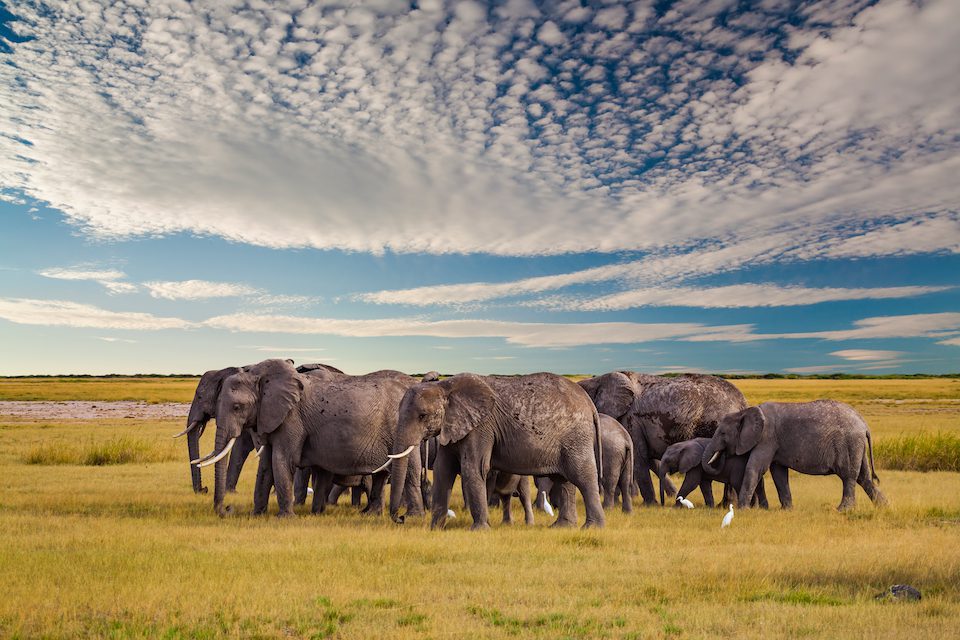
Observing wildlife from a distance
6. Anticipate….uh…bathrooms in the bush (or behind it.)
I am told that “behind the green door” is the expression for the bathroom while out on a game drive! It refers to a nice thick bush. Taking a hygiene kit and an appliance for these needs is a good idea and can be found on Amazon here (they are called Portable Female Urination Devices).
7. Practice mindfulness by journaling
On most trips, I take my laptop and write like crazy at the end of every day or dictate into my iPhone and email myself. Since battery life is of the utmost importance, and wifi will be little or none, I will be writing by hand.
Take a notebook and several pens, and perhaps invest in The African Safari Journal and Field Guide. It is the perfect book to take because it is a wildlife guide, trip organizer, phrasebook, safari diary, map directory, and wildlife checklist, all in one! Get a copy here (in Canada) and here (in the US).
8. Bring practical gifts for children
Friends who have previously taken this tour say t-shirts and clothing are very welcome gifts (even used!) with the local vendors and can be used as barter for their crafts. Also, schoolchildren need pencils, paper, and other school supplies, so if you have room for a few of those, do include them.
Editor’s note: Consider bringing menstrual supplies. Read our article “12 Ways to Empower Women When you Travel” to learn more about period poverty)
9. Read your tour company’s travel planner
My last and most crucial Tip: Read your tour company’s Travel Planner thoroughly! Mine from OAT is 108 pages long. It outlines the passport and visa requirements clearly, essential medications you should have in addition to your regular prescriptions. They discuss the lack of working ATMs and the need for cash. There is very little that they don’t cover, though there is no mention of “Behind the Green Door!”
Diving into the African Safari Field Guide!
More Wildlife Travel to Explore
Five Ways You Can Teach Your Grandchildren About Sustainable Travel
As good travellers, we can teach our grandchildren how to make good decisions about the Earth when they travel.
Meet the Woman Protecting Zimbabwe’s Majestic Lions: Moreangels Mbizah, the only Indigenous Black Woman Lion Conservationist in Zimbabwe
Featured image: Moreangels Mbizah giving her TED Talk on wildlife conservation in Zimbabwe | Photo by Ryan Lash for TEDMbizah shares her fascinating journey into wildlife conservation in Zimbabwe by Rupi MangatMoreangels Mbizah had never seen a lion or any other...
Cactus Cocktails and Low-emission Coffee? What We Can Learn From the Caribbean Island of Bonaire
From cactus cocktails to low-emission cups of coffee, the Caribbean island of Bonaire, population 22,500, is a leader in sustainability, with lessons to teach about the transformative impact of travel.

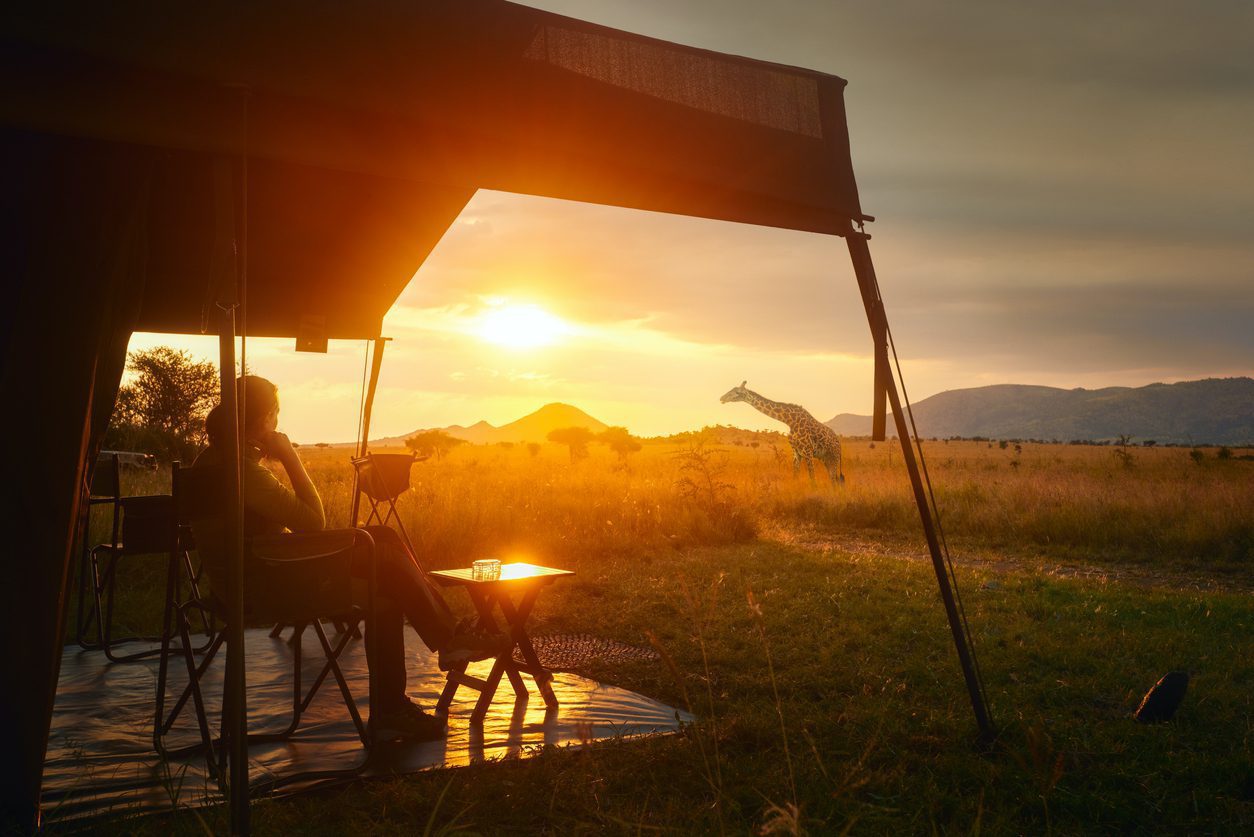


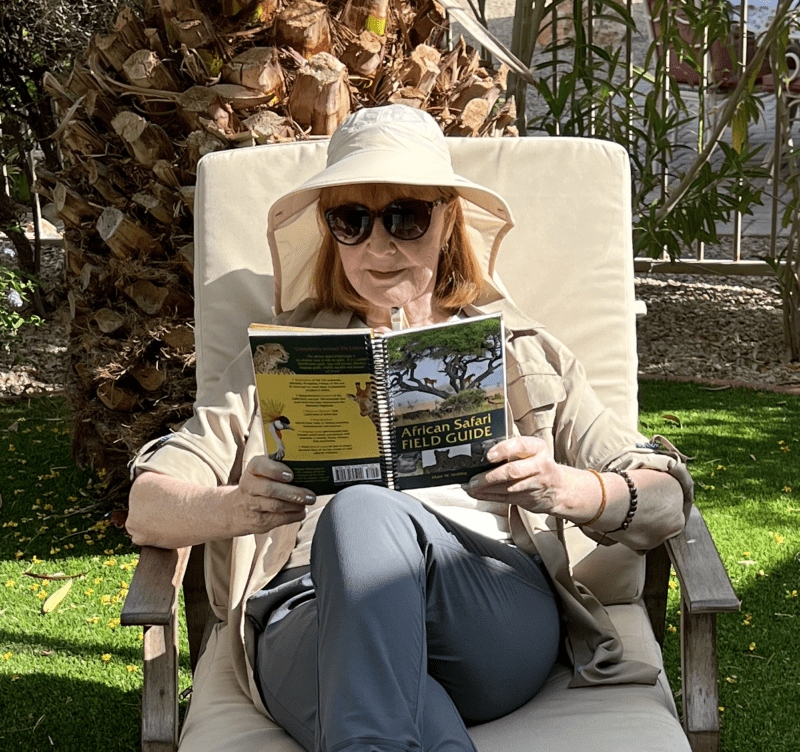
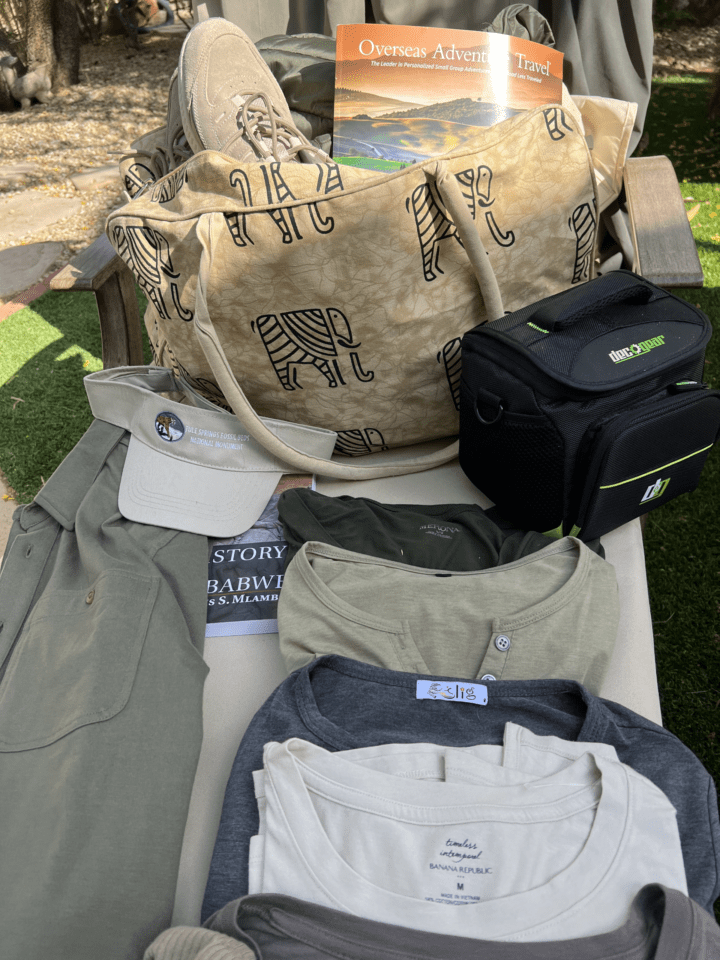
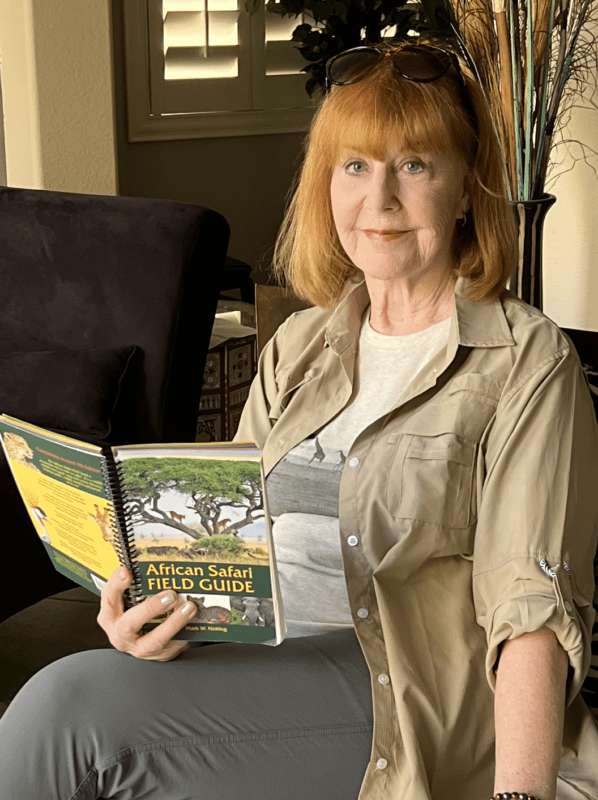

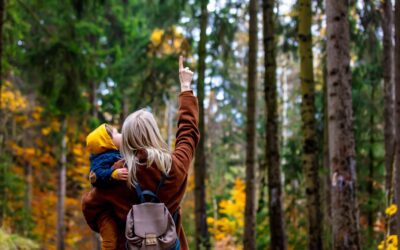


Excellent advice on packing for Africa. Diana does a great job of searching before her trips.
A great article…interesting, informative, a good resource for Senior Citizens planning a Safari trip. Would be interesting to have a follow up article at completion of Diana’s trip. Safe travels Diana.